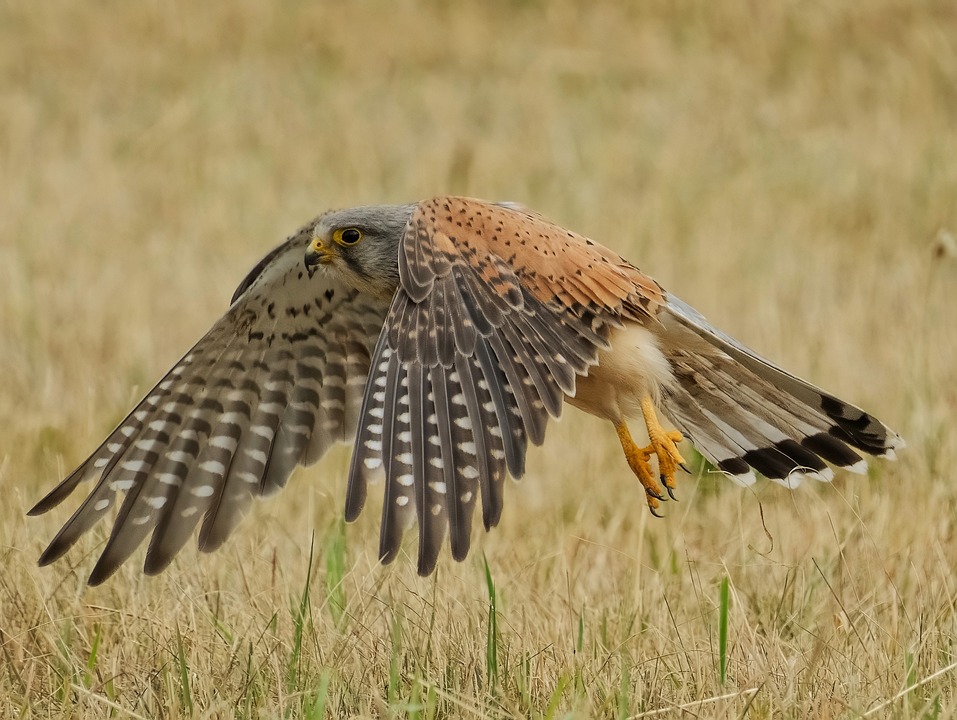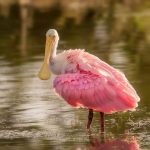Crafting the Perfect Cover Letter for Wildlife Conservationists
When it comes to landing a position in the field of wildlife conservation, the cover letter often serves as your first impression. It’s an opportunity to convey not just your qualifications, but your passion for the environment and the creatures that inhabit it. Here’s how to forge a compelling narrative that resonates with hiring managers in this vital sector.
1. Open with a Bang
The opening lines of your cover letter should grab attention. Rather than a mundane introduction, consider starting with a striking fact about wildlife conservation or a personal anecdote that sparked your interest in the field. For instance, "As a child, I was captivated by the majesty of elephants roaming the African savannah; now, I strive to protect such wonders through my professional journey." This not only personalises your letter but also establishes an emotional connection.
2. Showcase Relevant Experience
Employers in wildlife conservation are searching for candidates who not only understand the theories but also have practical experience. Whether it’s volunteering at a local wildlife rescue, conducting field research, or working with environmental NGOs, highlight your accomplishments with specificity. Use quantifiable results where possible: "During my internship with the Coastal Conservation Group, I led a team that successfully restored 200 acres of coastal habitat, resulting in a 40% increase in local biodiversity."
3. Demonstrate Passion and Knowledge
In a field as dynamic as wildlife conservation, it’s essential to convey your dedication and understanding of current issues. Discuss specific challenges facing wildlife today, such as habitat loss or climate change, and express your insights on potential solutions. Mention relevant legislation, organisations, or conservation strategies that inspire you. This not only shows your commitment but also indicates that you are well-informed and engaged with the community.
4. Tailor Your Message
One size certainly does not fit all when it comes to cover letters. Each position may require different skills or experiences, so take the time to tailor your letter to the specific role. Refer to the job description and weave in the keywords and phrases that the employer has used. For example, if they mention a focus on community engagement, share your experiences in outreach programmes or educational initiatives.
5. Craft a Memorable Closing
As you draw your cover letter to a close, summarise your enthusiasm succinctly. A strong closing statement, such as "I am eager to bring my expertise and unwavering passion for wildlife conservation to your esteemed organisation," leaves a lasting impression. Invite them to contact you, expressing your anticipation for the opportunity to discuss your application further.
Final Thoughts
Crafting the perfect cover letter requires a delicate balance of passion, precision, and personality. By infusing your document with genuine enthusiasm, relevant experience, and tailored messaging, you pave the way for a successful application. Remember, your cover letter is not just a formality; it’s your chance to narrate your unique journey in the realm of wildlife conservation.
CVPortal continues to bring you a wealth of high-quality CV references to aid in your professional journey.


